Plums are a beloved fruit across Vietnam, and the Plum of Hanoi is no exception. This fruit is highly sought after every year when it comes into season. However, have you ever wondered about its health benefits and drawbacks?
1. What is the Plum of Hanoi?
The Plum of Hanoi is a unique fruit with green skin that turns a striking red when ripe, along with a glossy outer layer and a slightly firm texture. It is covered in a mesmerizing white powder and offers a delightful combination of sweet, sour, and mildly astringent flavors with a juicy texture.
 The Plum of Hanoi tree is a short, woody tree with a wide-spreading root system, tolerant of cold and humid weather.
The Plum of Hanoi tree is a short, woody tree with a wide-spreading root system, tolerant of cold and humid weather.
The Plum of Hanoi tree is a short, woody tree with a wide-spreading root system, well-adapted to cold and humid conditions, and thrives in temperatures ranging from 22 to 24 degrees Celsius. It is commonly cultivated in the northern mountainous regions of Sapa, Ha Giang, and Moc Chau, with the largest production found in Son La province, where it serves as a significant source of income.
The harvest season for the Plum of Hanoi spans from late March to the end of July and is divided into three periods. The early season begins in late March to early April, when the plums are still green but offer a refreshing and slightly sweet taste with minimal astringency. Due to their scarcity, early-season plums command a high price.
In May and June, the main harvest season arrives, with trees bearing flowers and fruits simultaneously, creating the iconic plum blossom scenery of the Northwest region. This is when traders purchase large quantities to distribute throughout the country, and prices become more affordable.
For more information: Where to buy delicious, affordable, and reputable durians in Ho Chi Minh City?
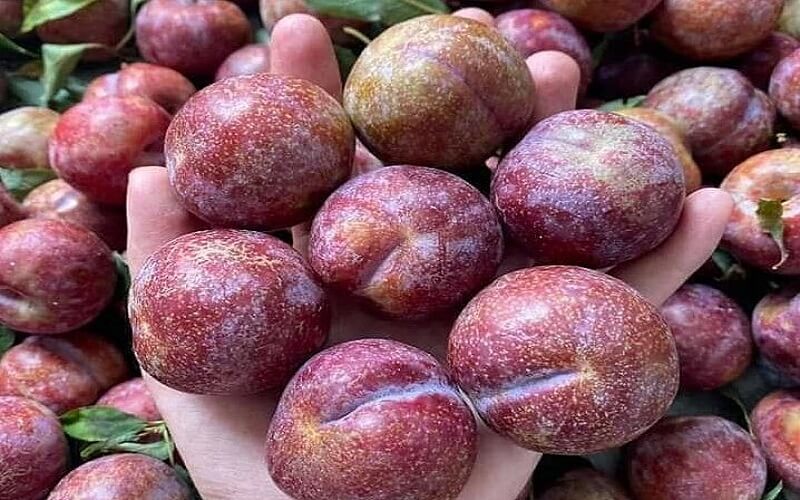 The harvest season for the Plum of Hanoi spans from late March to the end of July.
The harvest season for the Plum of Hanoi spans from late March to the end of July.
As July draws to a close, we enter the late season for the Plum of Hanoi, and prices become even more reasonable than during the main harvest. By this time, the trees have usually borne their full crop and are preparing for a new growth cycle. The Plum of Hanoi shares a similar appearance to the Hanoi Plum (Northern Plum); however, they are distinct from each other.
The Hanoi Plum (Northern Plum) is a collective name for various plum varieties cultivated in Northern Vietnam, including the Com Plum, Ta Van Plum, Tam Hoa Plum, Trang Ly Plum, Thep Plum, and, of course, the Plum of Hanoi. On the other hand, the Plum of Hanoi is indigenous to the Northwest region, particularly Son La and Moc Chau, so it is essential to differentiate between the two to avoid confusion.
Related article:
2. What are the benefits of the Plum of Hanoi?
Enhances memory
Research indicates that consuming the Plum of Hanoi is highly beneficial for the nervous system. The high content of antioxidants in this fruit aids in the restoration of brain cells, thereby improving brain function and enhancing memory when consumed at a rate of 3-4 plums per day.
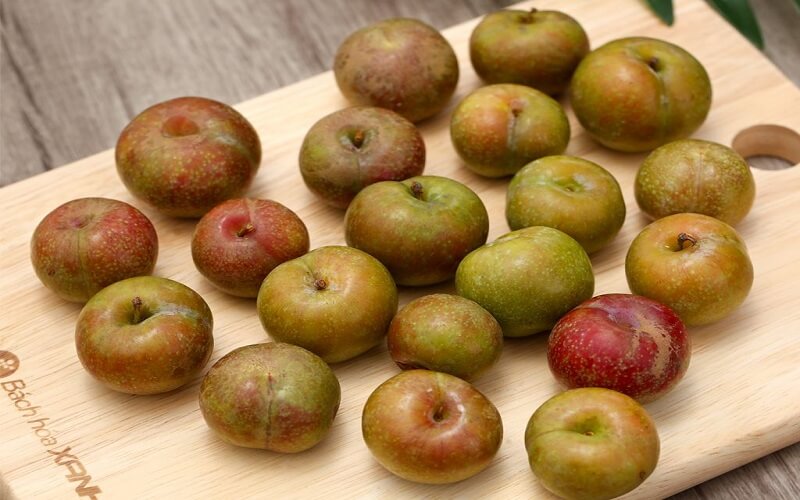 Research indicates that the Plum of Hanoi is highly beneficial for the nervous system.
Research indicates that the Plum of Hanoi is highly beneficial for the nervous system.
Controls blood sugar levels
The Plum of Hanoi is remarkably low in sugar, containing only 24g per 100g of fruit. This makes it an excellent choice for regulating and controlling blood sugar levels and preventing diabetes. Additionally, due to its low sugar content, it is a suitable fruit for individuals with diabetes.
Promotes digestive health
 The Plum of Hanoi is rich in fiber, isatin, and sorbitol, which are beneficial for digestive health.
The Plum of Hanoi is rich in fiber, isatin, and sorbitol, which are beneficial for digestive health.
The Plum of Hanoi is an excellent source of fiber, isatin, and sorbitol, which work together to support and enhance the function of the digestive tract, regulate bowel movements, and reduce the risk of constipation.
Protects cardiovascular health
Plums of Hanoi are rich in potassium, containing approximately 113mg per 100g of fruit, which plays a crucial role in maintaining electrolyte balance and supporting various metabolic processes in the body. This, in turn, helps control blood pressure and reduce the risk of stroke and cardiovascular issues.
Aids in weight loss
The Plum of Hanoi is packed with vitamins, minerals, and fiber, while being low in calories, making it an ideal fruit for weight loss regimens. It can be consumed on its own or incorporated into salads.
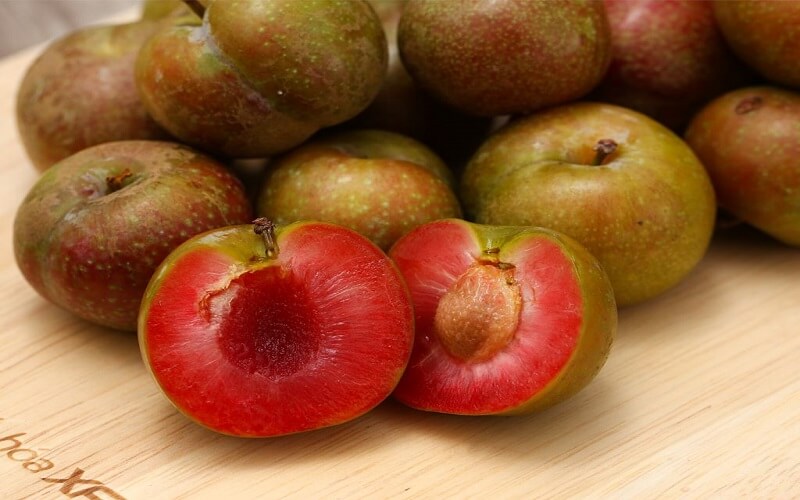 Anthocyanins, abundant in the Plum of Hanoi, help prevent various types of cancer.
Anthocyanins, abundant in the Plum of Hanoi, help prevent various types of cancer.
Prevents cancer
Anthocyanins are powerful antioxidants with significant roles in cancer treatment. As the Plum of Hanoi is rich in this compound, it can help protect against various forms of cancer.
Improves eyesight
The Plum of Hanoi is an excellent source of vitamin A, which is essential for the body and known for its ability to enhance eyesight. Regular consumption of this fruit ensures a sufficient intake of vitamin A.
3. What are the drawbacks of consuming too many Plums of Hanoi?
Kidney damage
While the Plum of Hanoi offers numerous health benefits, excessive consumption may lead to adverse effects, including kidney stones and bladder stones. This is because plums contain high levels of oxalate, which can interfere with the body’s calcium absorption, leading to the formation of stones in the kidneys. Therefore, individuals with kidney issues should limit or avoid consuming plums.
High acid content
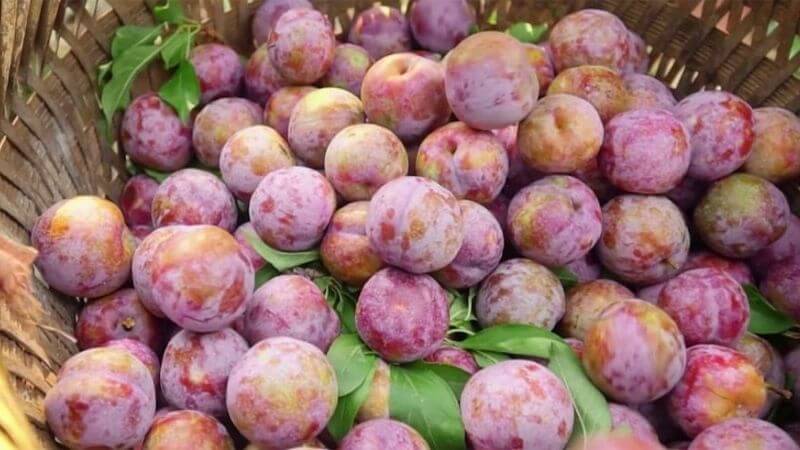 Excessive plum consumption can lead to increased stomach acid levels, causing harm to the stomach and tooth enamel.
Excessive plum consumption can lead to increased stomach acid levels, causing harm to the stomach and tooth enamel.
The Plum of Hanoi has a refreshing sour taste due to its high vitamin C and acid content. However, overconsumption can lead to increased acid levels in the stomach, causing harm to the stomach lining and tooth enamel. Therefore, individuals with stomach issues and children should consume plums in moderation or avoid them altogether.
Causes internal heat
Plums have a heating property, and consuming too many can lead to internal heat, mouth ulcers, boils, and rashes. Pregnant women, in particular, should limit or avoid excessive plum consumption as it can cause internal heat, affecting both the mother’s and the fetus’s health.
 If you are undergoing medical treatment, it is advisable to refrain from consuming large quantities of plums.
If you are undergoing medical treatment, it is advisable to refrain from consuming large quantities of plums.
Interferes with medication absorption
If you are undergoing medical treatment, it is advisable to refrain from consuming large quantities of plums. While the abundant vitamin C content promotes overall health, it can also hinder the absorption of certain medications, impacting their effectiveness.
Additionally, due to its ability to control blood sugar levels, doctors advise against consuming plums before or after surgery.
4. What are some considerations when consuming the Plum of Hanoi?
How many calories are in the Plum of Hanoi?
The Plum of Hanoi is remarkably low in calories, with nutritionists estimating that 100g of this fruit contains only about 25 calories. This makes it an excellent choice for weight loss and a healthy snack.
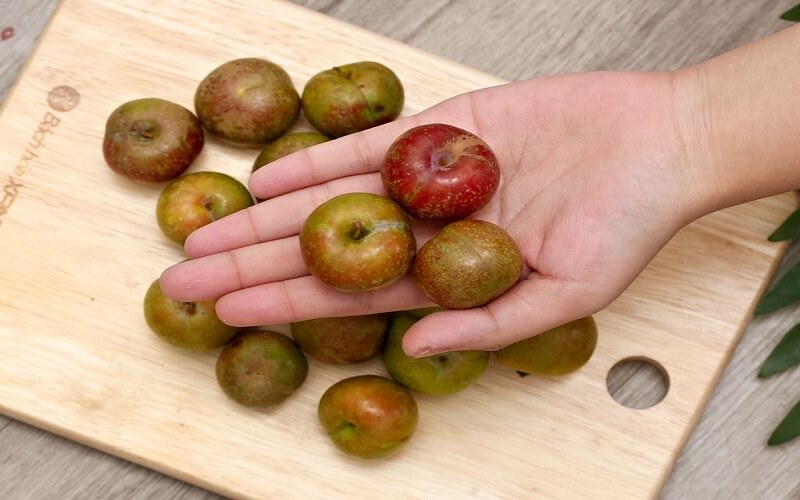 The Plum of Hanoi is remarkably low in calories.
The Plum of Hanoi is remarkably low in calories.
Is the Plum of Hanoi heating?
Consuming the Plum of Hanoi in moderation offers various health benefits and provides essential nutrients while maintaining a cooling effect. However, excessive consumption can lead to internal heat, restlessness, and acne breakouts. Therefore, it is advisable to limit intake to around 3-4 plums per day.
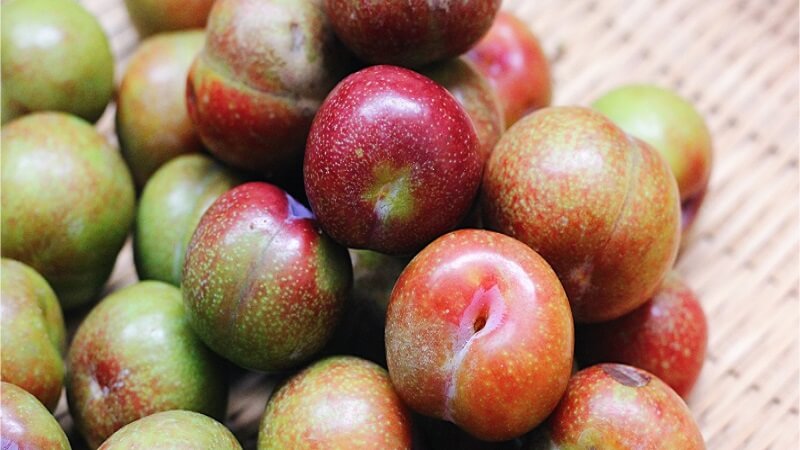 Consuming the Plum of Hanoi in moderation offers various health benefits.
Consuming the Plum of Hanoi in moderation offers various health benefits.
Is it safe for pregnant women to eat the Plum of Hanoi?
Pregnant women can consume the Plum of Hanoi, but it is essential to do so in moderation to avoid internal heat. When eaten in appropriate amounts, plums provide numerous vitamins, minerals, and beta-carotene, which are beneficial for pregnant women and can help alleviate discomfort and morning sickness.
Related article:
In conclusion, the Plum of Hanoi offers various health benefits, but it is essential to consume it in moderation and be aware of potential drawbacks. We hope this article has provided you with valuable and intriguing insights.
Health: What You Need to Know’>Exploring the Benefits of Chia Seeds on Good Health: What You Need to Know
What You Need to Know About Chocolate
Despite its tasty flavor, there are long-standing concerns that eating too much chocolate may lead to weight gain and tooth decay. Despite this, chocolate continues to be a popular indulgence during holidays and a meaningful gift to share with loved ones. It is also a popular ingredient for beauty treatments.



































